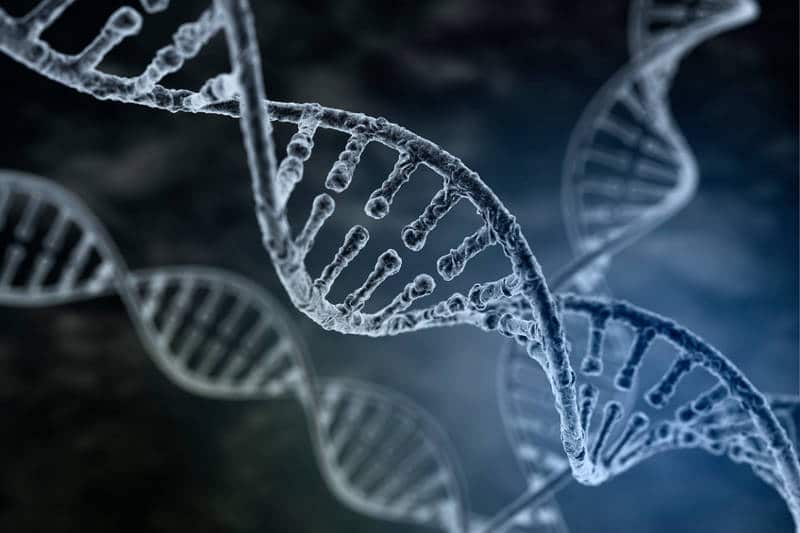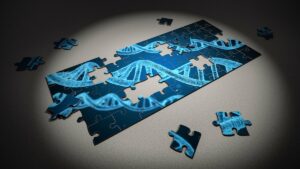NRGene announced the launch of SNPer, a new product that optimizes genotyping processes and gathers more information while reducing genotyping costs by up to 70%.
Genotyping (or DNA tests) is a lab process that determines if a unique difference is present in the DNA sequence of any individual plant, animal or human. In agriculture, breeding genotyping can identify and select individual crop plants or livestock with favorable genetic content, leading to improved productivity.
Although selecting favorable genetics is as old as agriculture itself, genotyping was introduced only five decades ago. Today, large-scale genotyping is very common. Tens of thousands of Single Nucleotide Polymorphisms (SNPs) can be tested on numerous individuals, contributing more genetic knowledge in the decision-making process of agriculture breeding. Because of the high price tag, which comprises a significant portion of breeding budgets, there is a pressing need to optimize genotyping procedures.
To this end, NRGene developed SNPer — a software solution that optimizes genotyping processes of any organism. SNPer enables the design of a customized SNP set for a given breeding project to maximize genetic information with a minimum number of DNA data points.
How does SNPer work?
First, we analyze the full genomic content of the individuals designated to initiate the breeding program, resulting in the identification of millions of differences in the DNA content between them. Next, a target set of SNPs that best represent the overall genetic differences is selected and used in the breeding project. This optimization process reveals more genetic information while often reducing the SNP number tested by 10 to 50-fold as compared to commonly used genotyping tools.
Using SNPer, genotyping data generation costs can be reduced by up to 70%, because the generated SNP data can reveal a fuller genetic makeup of each tested sample in a “reverse-engineering” computational process called imputation. When applied correctly, imputation drives costs down as fewer data points are measured directly and more data is added computationally. A breeder can thus understand the broader picture and make an informed decision to accelerate the breeding process.












